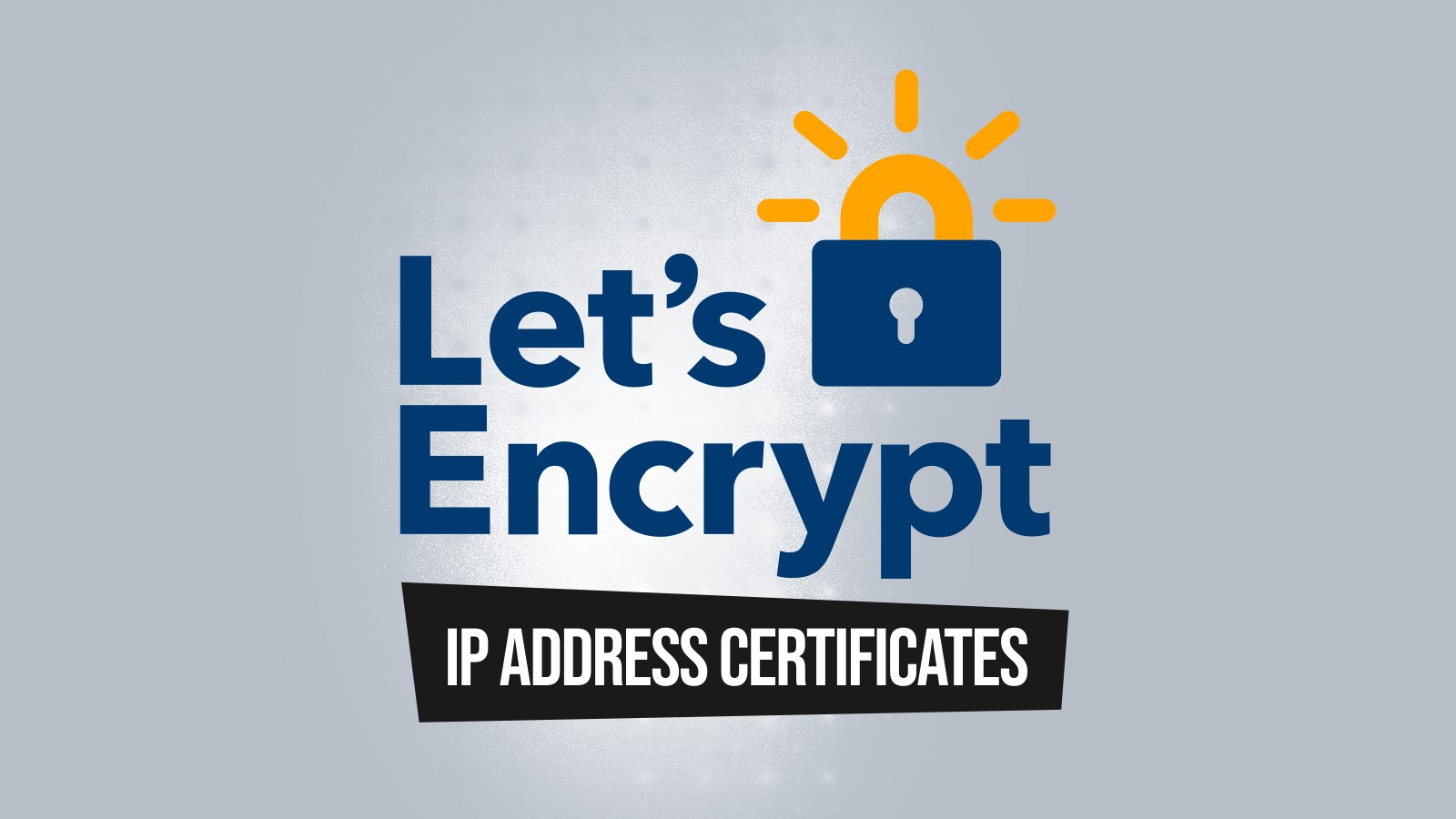Who benefits from this? Even though Let’s Encrypt stresses that most site operators will do fine sticking with ordinary domain certificates, there are still scenarios where a numeric identifier is the only practical choice:
Infrastructure services such as DNS-over-HTTPS (DoH) – where clients may pin a literal IP address for performance or censorship-evasion reasons.
IoT and home-lab devices – think network-attached storage boxes, for example, living behind static WAN addresses.
Ephemeral cloud workloads – short-lived back-end servers that spin up with public IPs faster than DNS records can propagate.



Any good instructions you would recommend for doing this?
use the official home.arpa as specified in RFC 8375
No thanks. I get some people agreed to this, but I’m going to continue to use
.lan, like so many others. If they ever register.lanfor public use, there will be a lot of people pissed off.IMO, the only reason not to assign a top-level domain in the RFC is so that some company can make money on it. The authors were from Cisco and Nominum, a DNS company purchased by Akamai, but that doesnt appear to be the reason why.
.homeand.homenetwere proposed, but this is from the mailing list:https://mailarchive.ietf.org/arch/msg/homenet/PWl6CANKKAeeMs1kgBP5YPtiCWg/
So, corporate fear.
But
home.arpa’s top-level domain is.arpa?I’m not sure I follow the question. All of the TLD
*.arpais not reserved for private use, only*.home.arpa. So all your internal services are required to be a sub domain.I just use openssl"s built in management. I have scripts that set it up and generate a
.landomain, and instructions for adding it to clients. I could make a repo and writeup if you would like?As the other commenter pointed out,
.lanis not officially sanctioned for local use, but it is not used publicly and is a common choice. However you could use whatever you want.